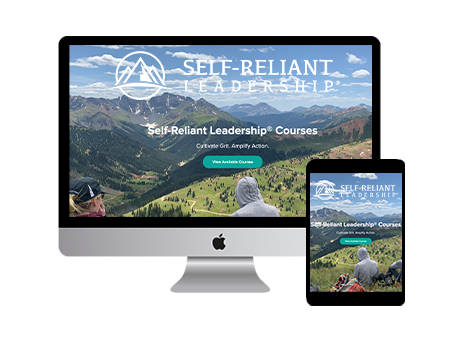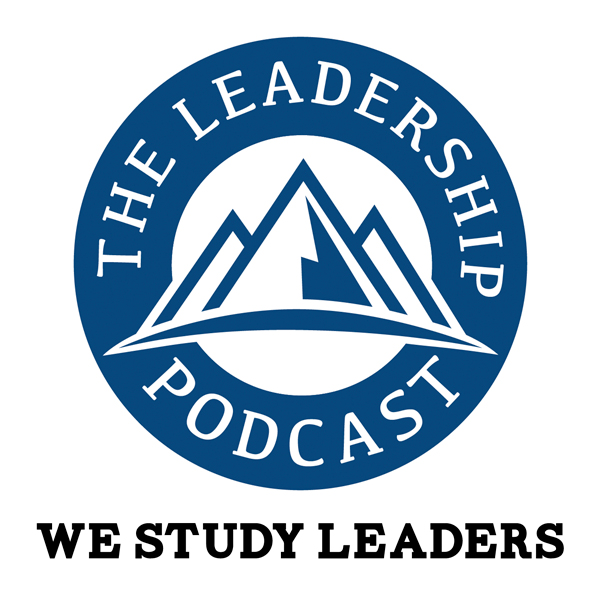Marshall Goldsmith, by many measures a great coach, recommends six powerful questions for coaching sessions that serve as instigators to get people to think, commit and act.
Given that leaders must also coach, it’s important to note that a meta-analysis of >3,000 studies on performance feedback found a full one-third of all studies showed performance declines after the coaching interaction.*
What are we doing wrong?
We assume we have the relevant facts, and conclude we have the “solution.” Providing feedback might induce temporary compliance, but the goal is long-term commitment to individual growth, team wins, and a positive organizational environment. We often use coaching sessions as a task-list-check of action items versus a discussion about obstacles, resources, innovation, market indicators, and other factors that lead to high performance as defined by a balance of results and value-based behaviors.
The six powerful questions that lead to a robust discussion of results and behaviors are listed here:
- Where are we going?
- This is the question to see if the employee truly understands the vision, mission and strategy of the organization.
- Where are you going?
- Here is where you see whether your expectations are aligned, and if the employee sees how their works ties into the big picture. If not, it’s an opportunity for you to explain and inspire.
- What do you think you are doing well?
- Does the employee have self-awareness, and are you leveraging the full potential of this person’s strengths?
- If you were your coach what would you suggest for you?
- Can the employee demonstrate humility and vulnerability, and ask for help to improve versus getting feedback after the fact?
- How can I help?
- This is where you help clear obstacles, provide resources, and insure the teams are working synergistically.
- What suggestions do you have for me?
- This is modeling the behavior you seek – your way to get 360-feedback. Keep in mind that you won’t get the honest truth if you’re defensive – even with questions masked as excuses.
Think about how powerful these questions are, and how they will lead to a rich dialogue where ideas are shared along with mutual commitment. You supply the Why, and the person you lead will supply the How!
*Kluger, A. & DeNisi (1996). The effects of feedback interventions on performance: A historical review, meta-analysis and preliminary feedback theory. Psychological Bulletin, 119, 254-285






